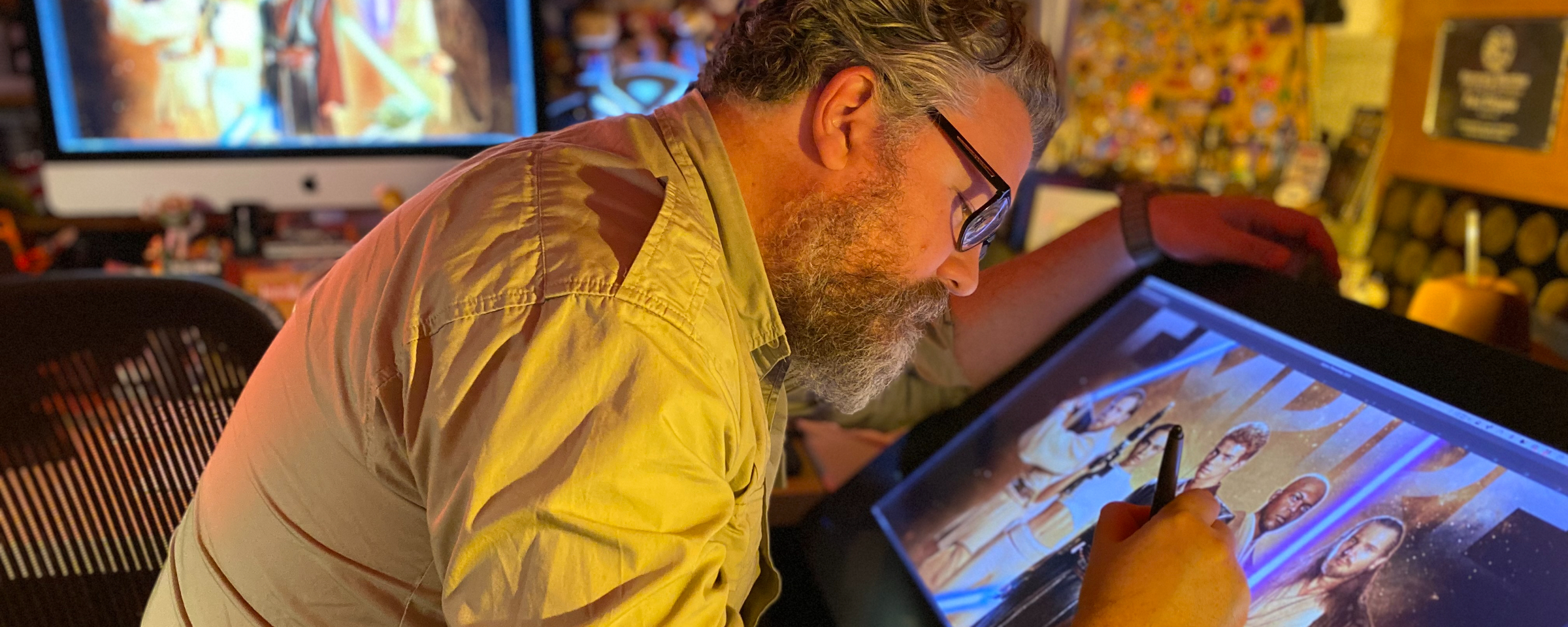Paul Shipper, an acclaimed illustrator and movie poster artist, has garnered international recognition for his vibrant and dynamic artwork. Known for his distinctive style that blends traditional and digital techniques, Paul has created iconic posters for major Hollywood films, television shows, and popular culture events. In this exclusive interview, he shares insights into his creative process, inspirations, and the evolution of his illustrious career.
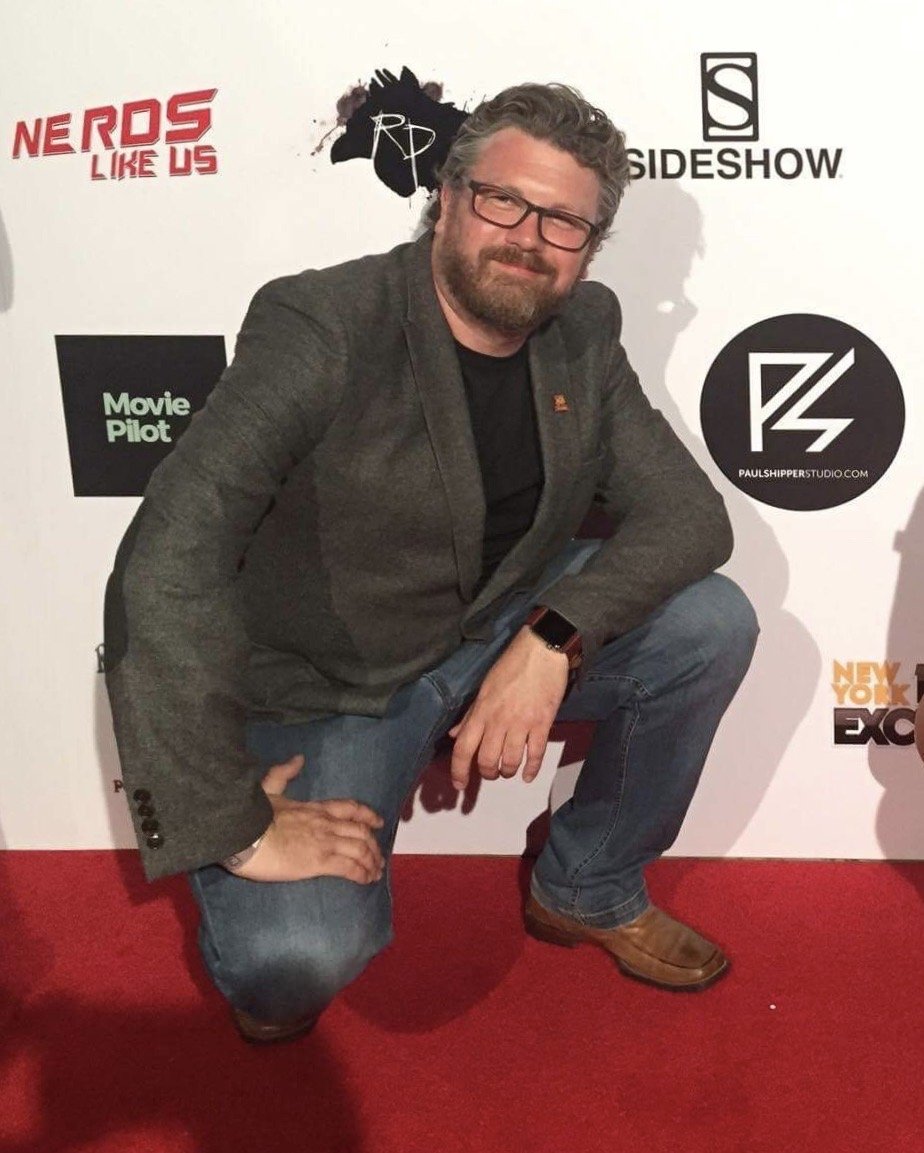
In the movie industry, you are known as an accomplished poster illustrator. Was this always a career path you wished to follow? Why movie posters?
Well, it went something like this; like many children growing up, I always would be drawing pictures - it was something I liked to do. Family and friends usually responded with great fondness and affection to my drawings and the things I would create, so naturally, I continued doing it. When something you enjoy brings a smile to people’s faces, it really is a good feeling. So I grew up drawing and over time, got reasonably good at it. I had no idea it could be a future career at this point. Flash forward to a 12-year-old me - I had fallen in love with cinema, the movies, the soundtracks, they inspired me so very much, including, the advertising art that went alongside them. The POSTERS! When I realised that these wonderful images were not just advertising, they were an art form! The realisation that these posters were created, and illustrated, I had more questions. What is an illustrator? Who are the people who are creating these posters? Is this their job? It is??!! WOW! How do I get to do that someday?!
Movie posters done right, they blow my mind! They are a form of narrative storytelling in one single image. That narrative needs to get through to the viewer in a matter of seconds. If it doesn’t communicate efficiently, it simply doesn’t work. This is a skill in itself. Then there is the aesthetic, the style of illustration that helps to communicate the idea, the story.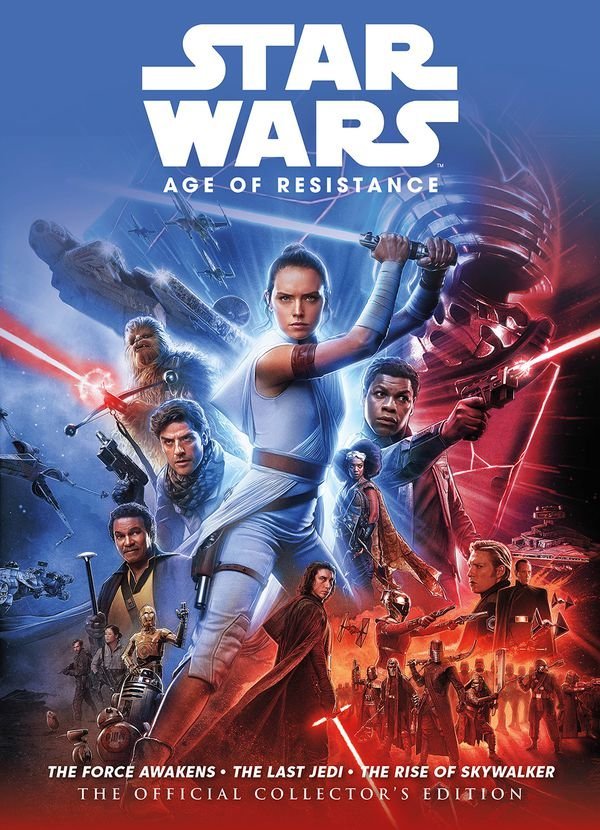
We are thrilled to hear more about the process of designing a poster. Are there elements, colors, or techniques that are more important to focus on in comparison with other illustration fields? Do you prefer to work with traditional or digital painting tools?
The approach I have come to is quite similar across many of my projects, not just for film posters. First of all, you need to have a handle on the subject matter and what you want to communicate to the audience, this is quite crucial for a successful piece of advertising art. I usually get access to assets, still photography and sometimes the film/project itself to watch. Ideas tend to come from lots of places but I usually try to immerse myself in what I have been given access to - I also do my own research and sometimes need to create my own reference imagery. I begin once my understanding of the subject is solid in my mind. Sometimes a concept might come to me while asleep the night before or sometimes it is a work in progress. I will start working on an initial concept to show the client and then receive feedback and we might discuss any changes. If it is not working, I start again but usually, the one I begin with remains the one up to the finish. The composition really is ‘king’ and the reference material would be the ‘queen’ in this case. The style or aesthetic is the cherry on top!
I love working digitally, the freedom and speed you have at your fingertips to make changes beats the traditional approach, however, I still love the old ways and I want to do more of that. The art is not lost on me. I adore it.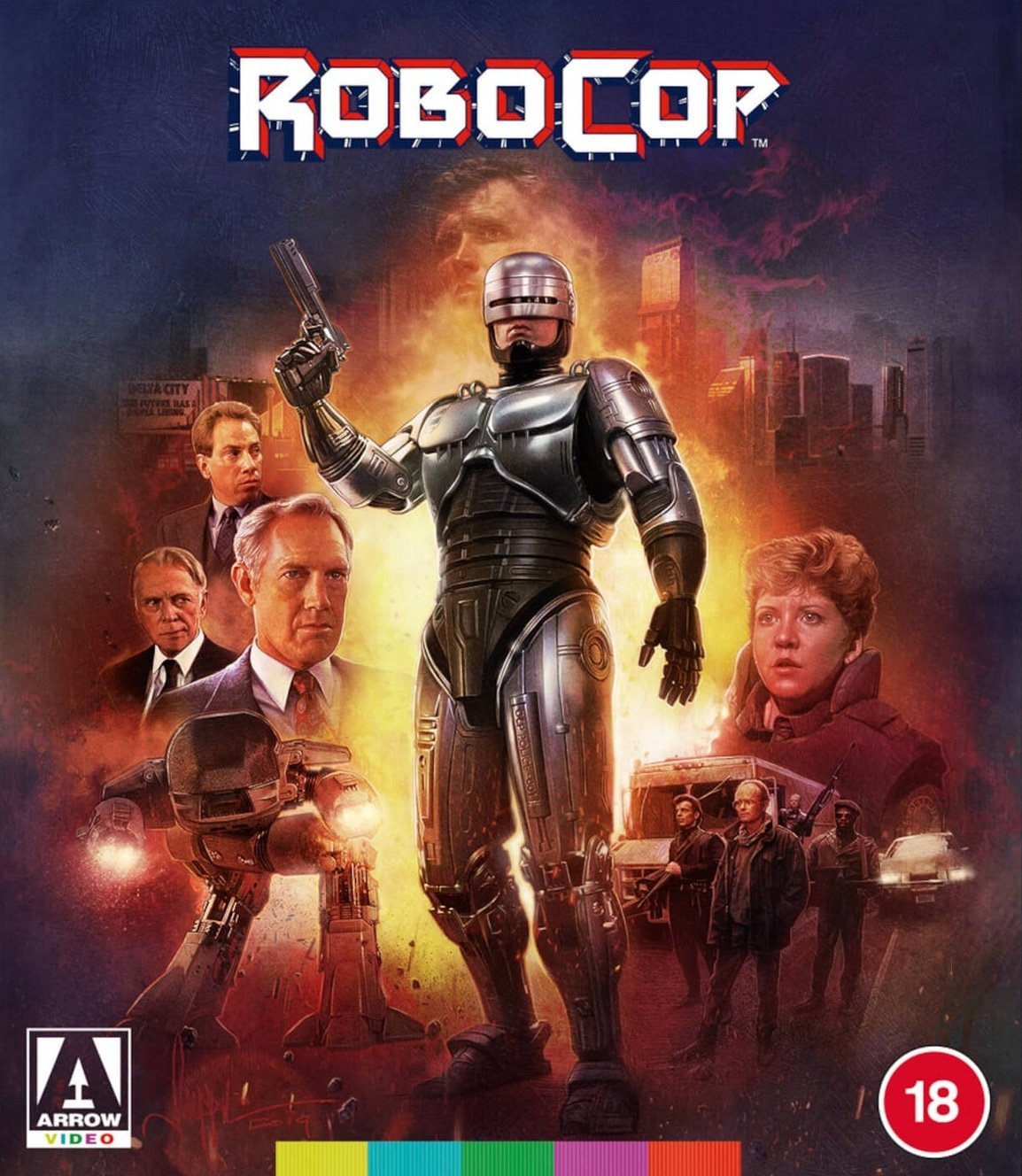
“I always say more information is better than less. I believe in truth in advertising which connects with an audience, rather than trying to sell you something that it is not.”
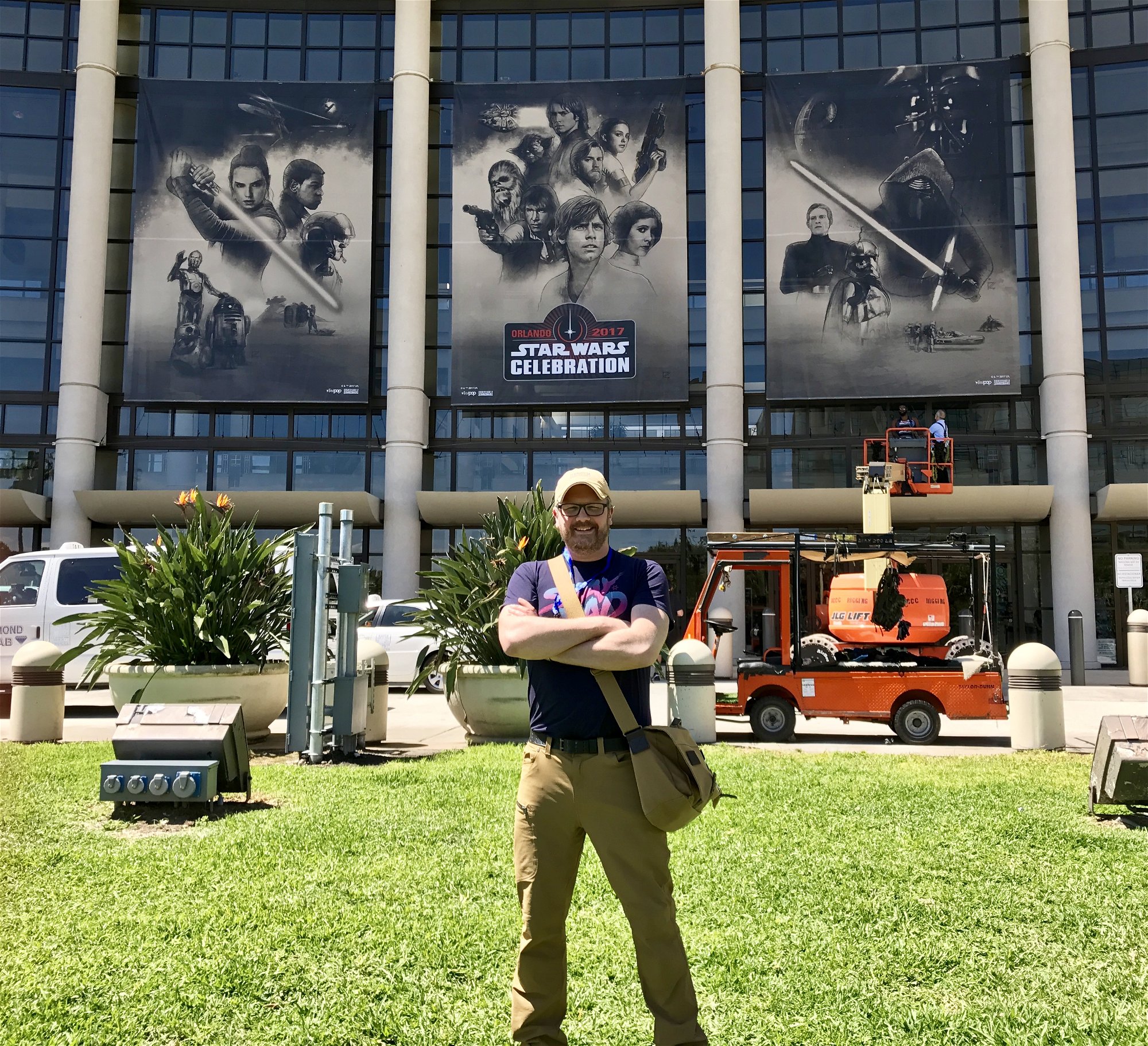
It was advertised in an email from the AOI or Directory of Illustration I think and I am always interested in new tech, especially when it comes to simulating real media. I immediately pre-ordered based on the info given and then upon trying it out for the first time it was nice because it had that sense of realism to it that I feel is missing from the likes of some other programs. This way it felt like I didn’t have to set too many parameters to get a great result. The papers are a really wonderful addition to the Rebelle software along with things like Gesso textures, which I have used in my work from working traditionally over 30 years ago.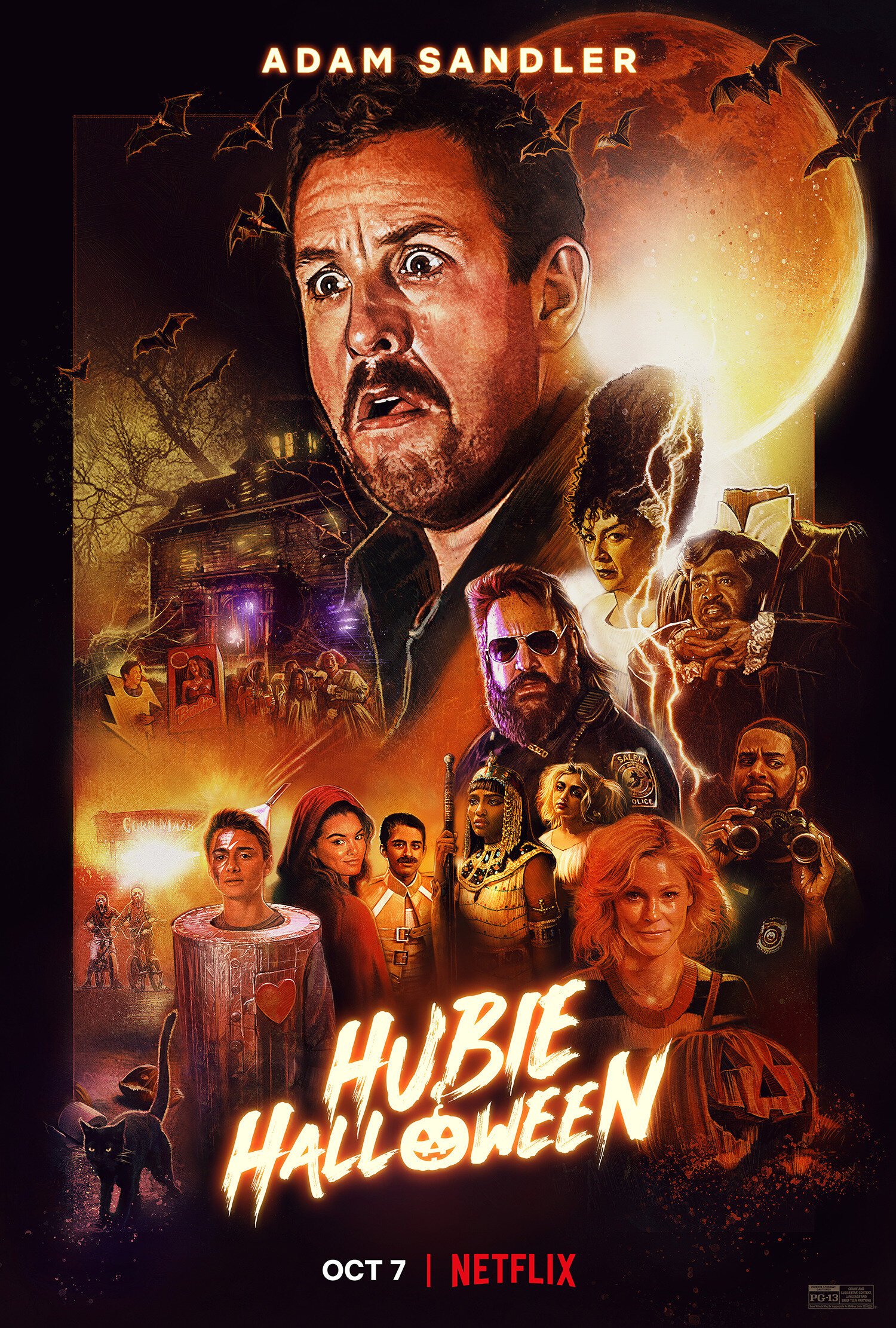 In your career, you had a chance to collaborate with accomplished filmmakers and top studios. How do you collaborate with filmmakers to create a poster that aligns with the essence of the movie? How much time does such a process take?
In your career, you had a chance to collaborate with accomplished filmmakers and top studios. How do you collaborate with filmmakers to create a poster that aligns with the essence of the movie? How much time does such a process take?
I have been very fortunate to work directly with some of the actual filmmakers over the years, and it is good to have that direct line with the people who have lived with the project, in some cases for years, and they can usually give you some great insight into the details that sometimes might get overlooked. I always say more information is better than less. I believe in truth in advertising which connects with an audience, rather than trying to sell you something that it is not. 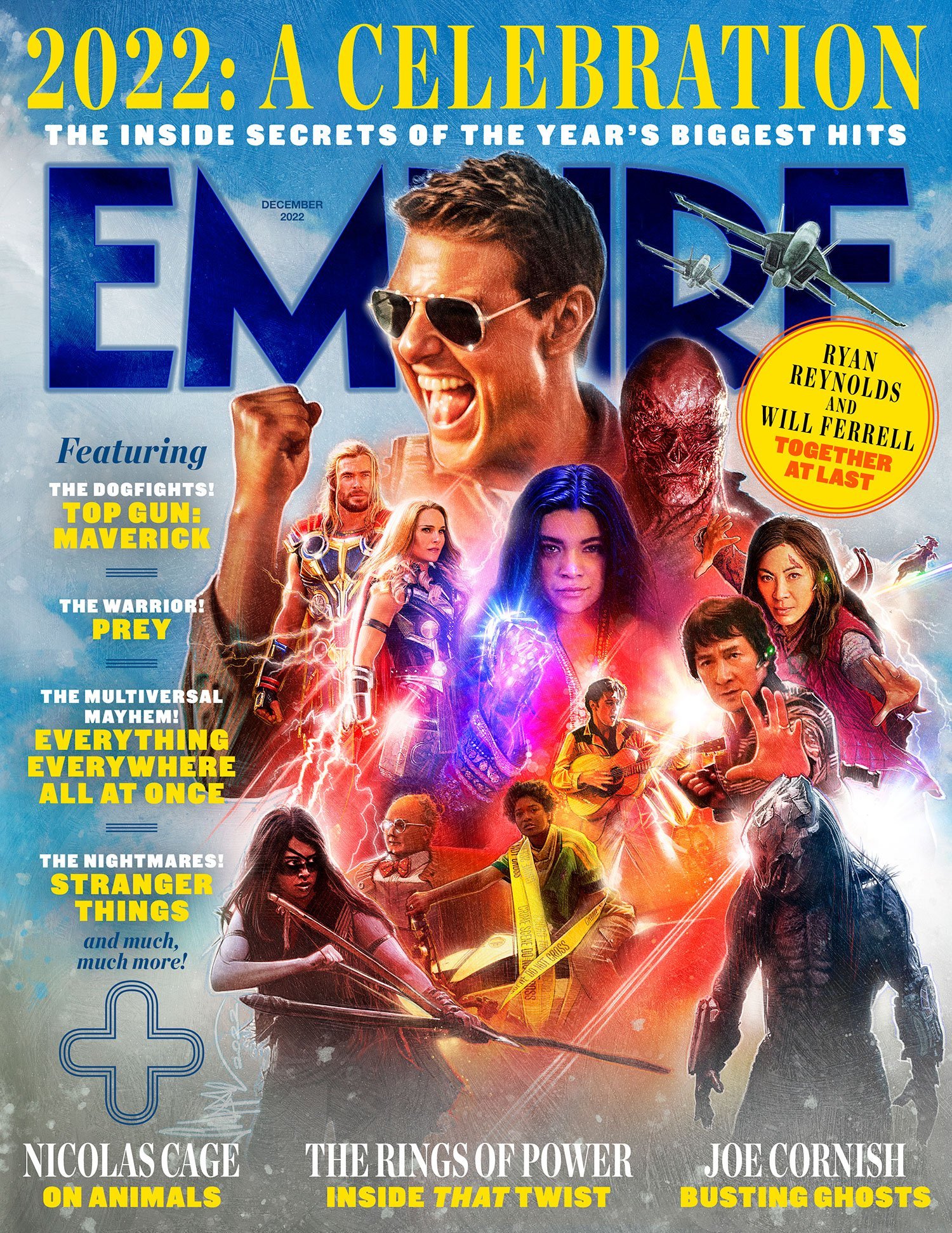 What happens with the poster if the studio does not use it for movie promotion after all?
What happens with the poster if the studio does not use it for movie promotion after all?
This has happened a few times over the years. It is unfortunate when you have worked on something for a few months and you feel like, YES, this is looking so great and the client appears to be digging it, then you find out they changed their minds and went another direction. Honestly, I get it, they are allowed to make changes and decide to go a different route, I always want the best for every project I work on and if I think that a photographic or different approach is a better idea, I am the first to say, but it still feels sad at my end of course.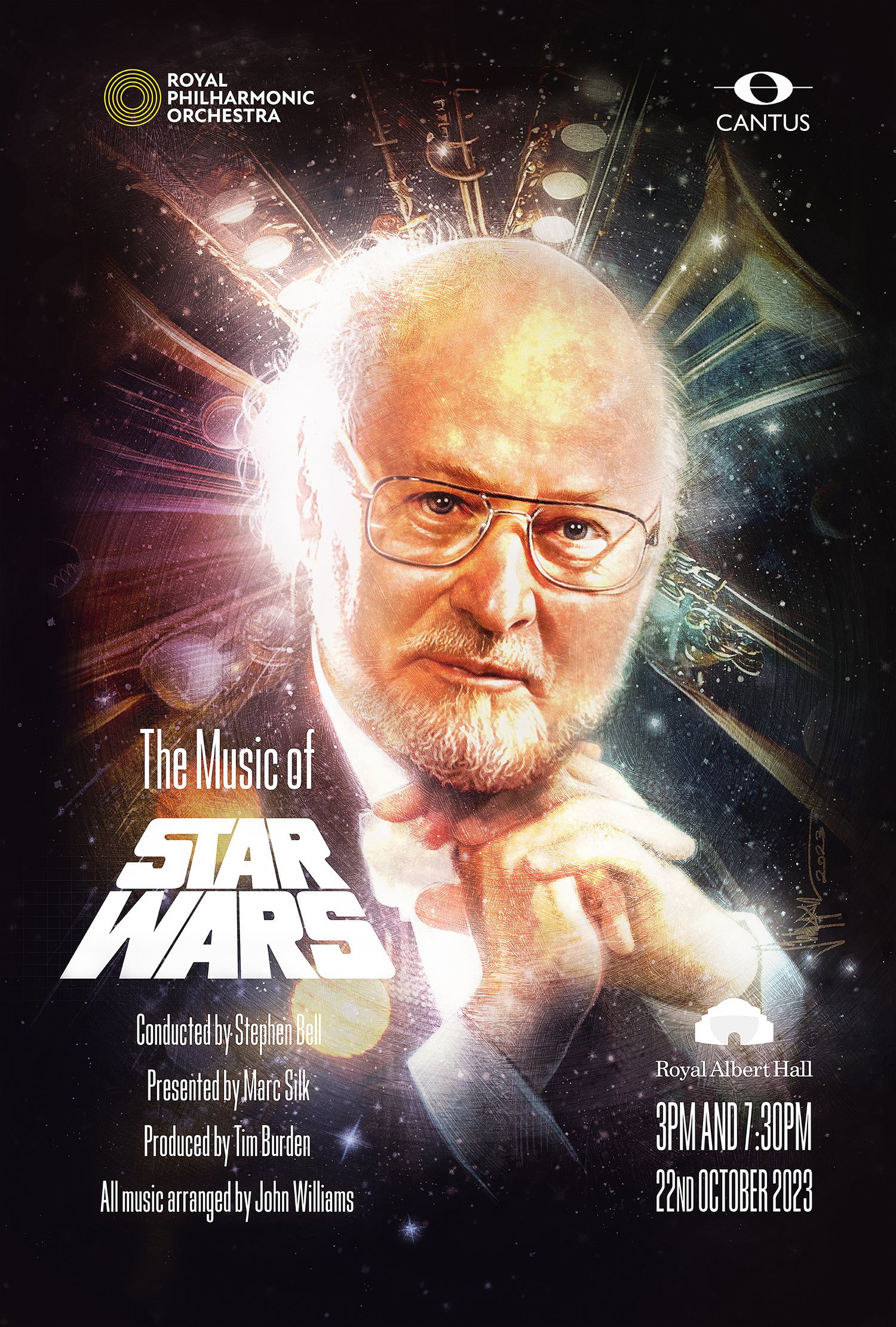 Do you have a favorite project or movie that you enjoyed working on the most? If so, what made it special for you?
Do you have a favorite project or movie that you enjoyed working on the most? If so, what made it special for you?
That is always a difficult one to answer as so many of the projects have been highly enjoyable and rewarding. I guess one in recent times would be being asked by Disney/Lucasfilm to work on some key art poster designs for Indiana Jones and the Dial of Destiny. As a lifelong Indyfan, this was a dream for me, alas, my art didn’t make it to the movies that time. 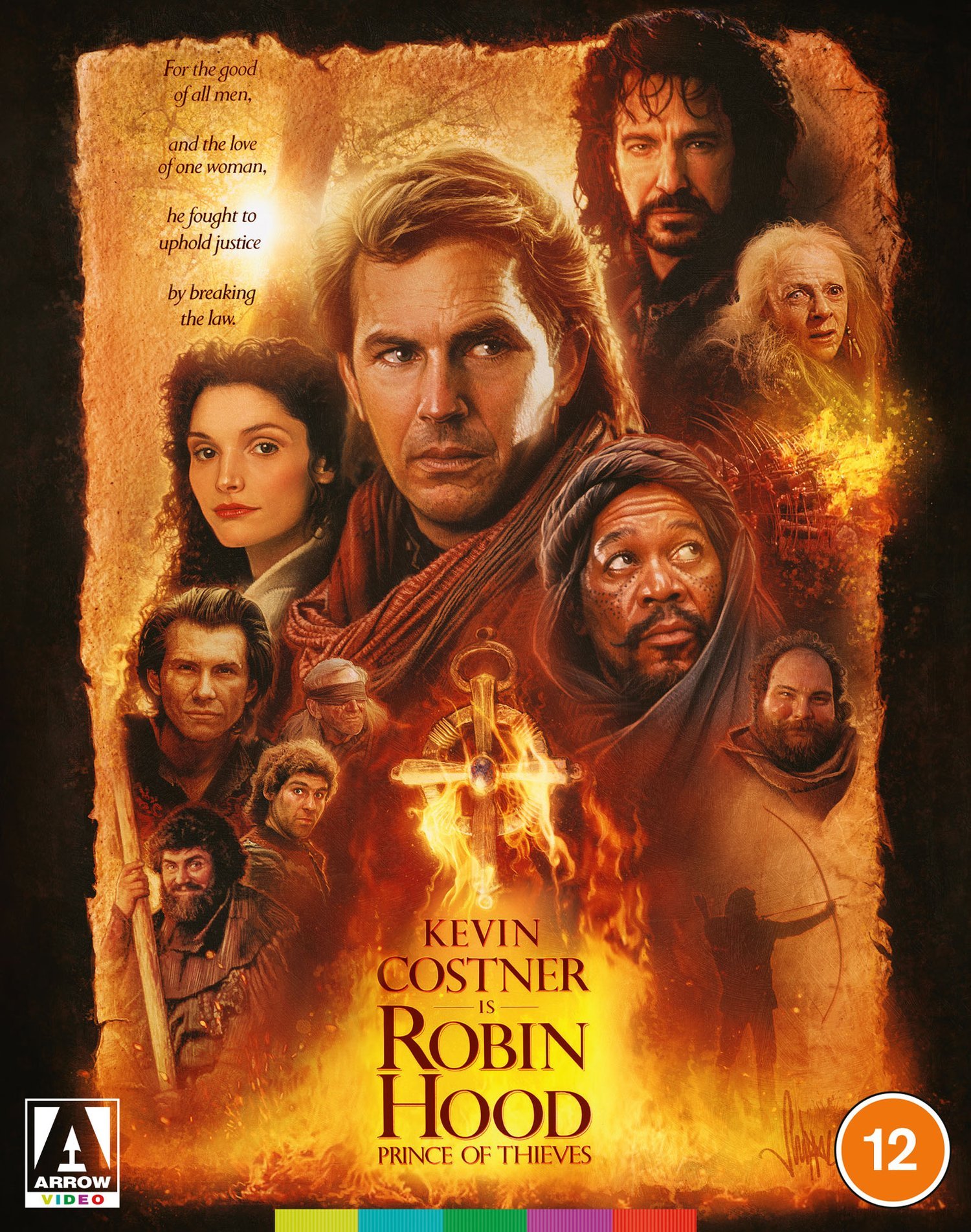 Since starting with professional illustration in the 1990s, you have seen a lot of changes in the movie industry and also the approach to illustration, especially with the constant development of digital tools. What were some of the biggest challenges you or your field of work had to overcome over the years? What are some current challenges you are facing? What are your thoughts on increasing numbers of AI-generated work?
Since starting with professional illustration in the 1990s, you have seen a lot of changes in the movie industry and also the approach to illustration, especially with the constant development of digital tools. What were some of the biggest challenges you or your field of work had to overcome over the years? What are some current challenges you are facing? What are your thoughts on increasing numbers of AI-generated work?
The main one was taking my traditional art into the digital realm. In the late 1990’s it was a learning curve and in some ways, I suppose I was one of the early adopters of realistic digital illustration. It really was the clients who directed things as they were asking for the traditional style but preferably in a digital format. So I did my best to try and figure that out and I think it worked out quite well to some degree. Today, I feel like the technology is always getting better. Who knows what it will be like in the future, but right now we truly do have some wonderful digital painting and drawing tools at our disposal! 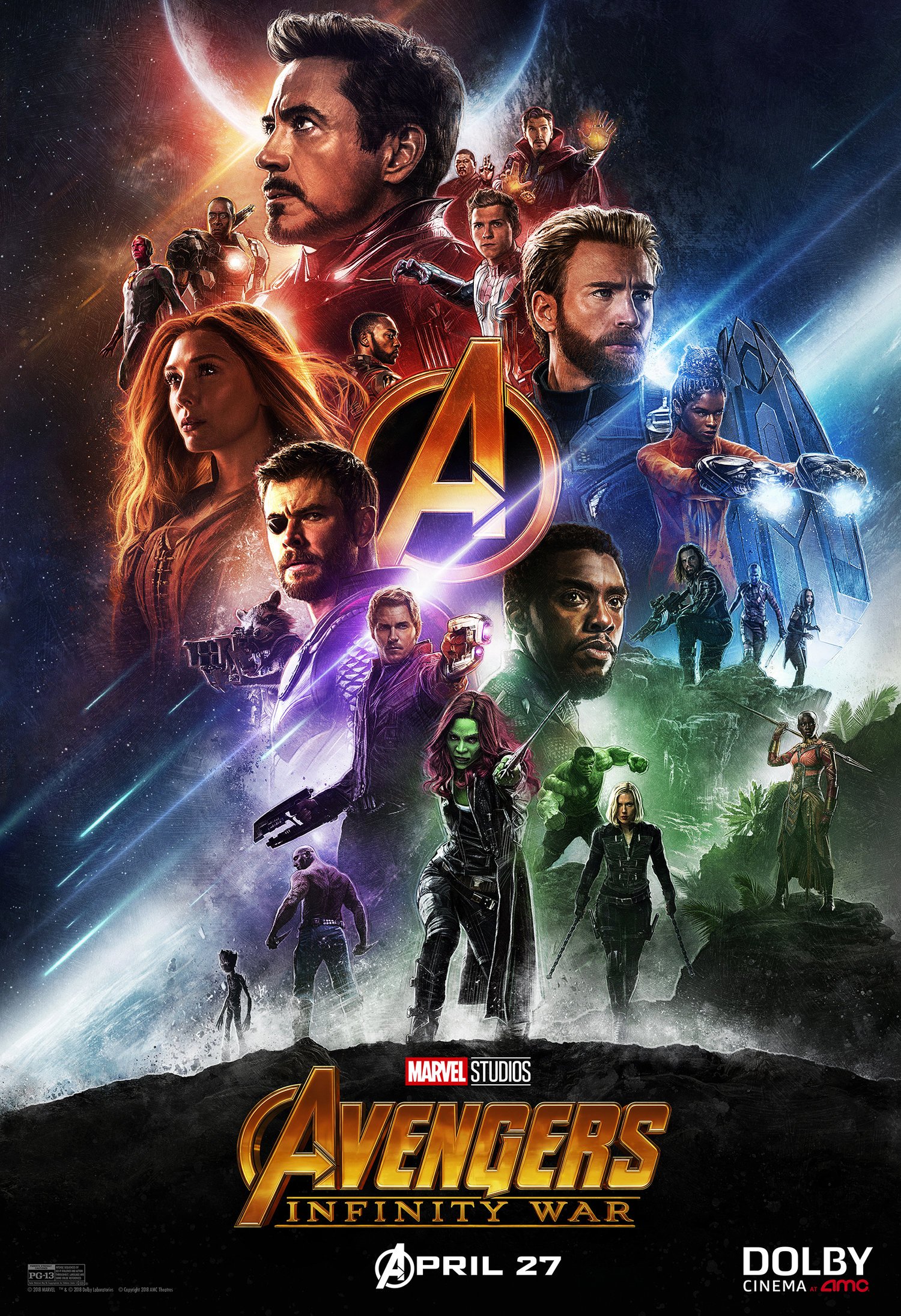 Regarding AI art, I see it has a place but it will never replace the artist’s hand and eye. I know there are a few who rely on AI already. It started with paint filters where a composition was put through a filter to give it an illustrated ‘look’ and sometimes it would be used as finished art! Looked terrible! AI is pretty easy to spot right now. I have some clients use it to try and explain to me their concepts. I think that is not a BAD use, as long as it doesn’t become the ‘temp track’; like in movie scoring where it dictates everything and limits the creativity of the composer who has to then match the temp track. There are limitations but it can be a very powerful tool for concepts and also for quickly creating reference. The way Adobe Photoshop is using it is very interesting. It is a tool at the end of the day and I believe there will always have to be a creative human behind the creation of any AI image. I don’t love it but I also do not hate it either. I see it has potential for good but, as with most things, it can be relied upon too much. I believe art needs to have a soul behind it.
Regarding AI art, I see it has a place but it will never replace the artist’s hand and eye. I know there are a few who rely on AI already. It started with paint filters where a composition was put through a filter to give it an illustrated ‘look’ and sometimes it would be used as finished art! Looked terrible! AI is pretty easy to spot right now. I have some clients use it to try and explain to me their concepts. I think that is not a BAD use, as long as it doesn’t become the ‘temp track’; like in movie scoring where it dictates everything and limits the creativity of the composer who has to then match the temp track. There are limitations but it can be a very powerful tool for concepts and also for quickly creating reference. The way Adobe Photoshop is using it is very interesting. It is a tool at the end of the day and I believe there will always have to be a creative human behind the creation of any AI image. I don’t love it but I also do not hate it either. I see it has potential for good but, as with most things, it can be relied upon too much. I believe art needs to have a soul behind it.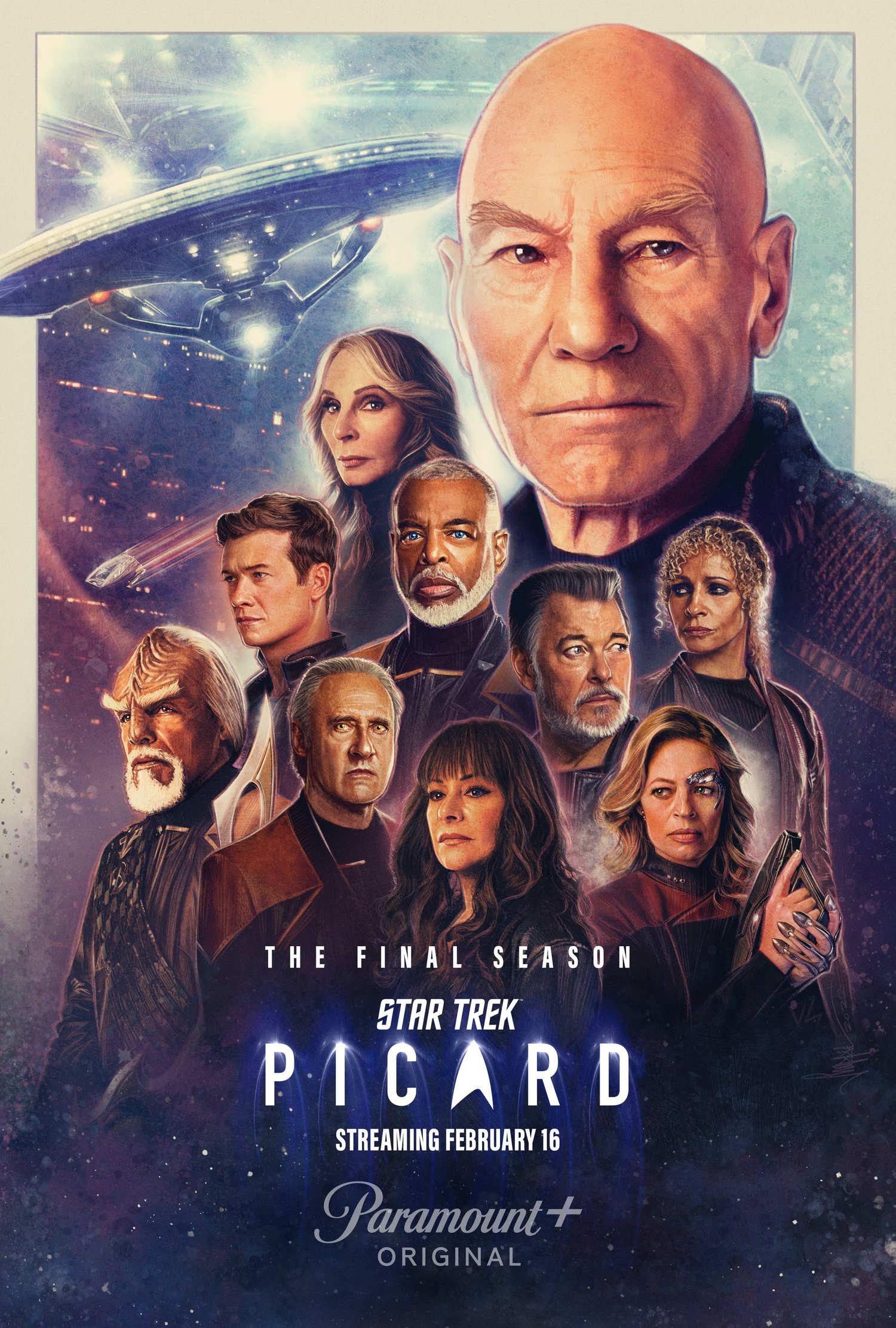 Do you have any advice for a teenager or young adult who admires your movie posters on their bedroom wall and dreams of becoming the next “Paul Shipper”?
Do you have any advice for a teenager or young adult who admires your movie posters on their bedroom wall and dreams of becoming the next “Paul Shipper”?
The greatest advice I could give is don’t ever give up on your dreams, especially if you feel you have a calling to do such things. Be honest with yourself and follow your dreams.
After 25+ years of doing what you dreamt of and a great number of successful blockbuster posters, is there anything you wish to yet accomplish? A special project or a character to illustrate?
I have recently been updating my website - still going actually, and I am amazed at the number of projects and the variety of what I have worked on! Some jobs I had even forgotten about! So, I feel blessed to be able to work as an illustrator on all of these things, movies, TV, Blu-rays, music, advertising, publishing, magazines, comics, and more! It truly feels like I may have finally made it as a freelance illustrator! And that was my goal: to be able to create art, hopefully, get to work on movie posters, and manage to make a living at that. Who knows what may come next, it may all come to an end. That is the unfortunate part about this job, you never know when your next job will come, but that said, I hope I get to do this for many, many more years. I feel like I am just scratching the surface of my potential.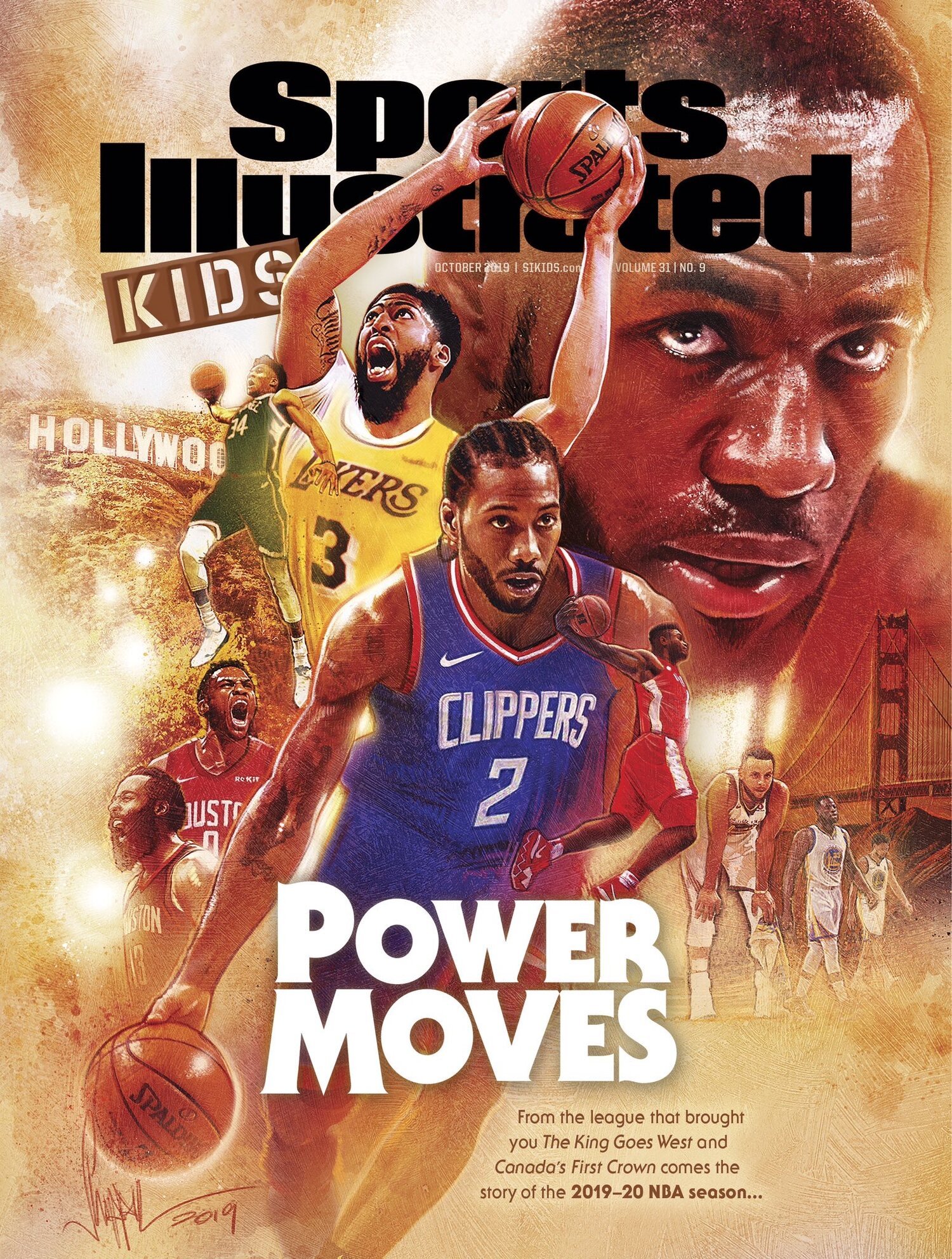
Thank you, Paul, for letting us peek into your studio and hear the insights of your creative process. We hope you will be able to continue in your passion for illustrating movie posters for decades to come. Best of luck with your upcoming projects!
Escape Motions Team
-----
Learn more about Paul Shipper: paulshipperstudio.com
Visit his Instagram: instagram.com/paulshipper/

